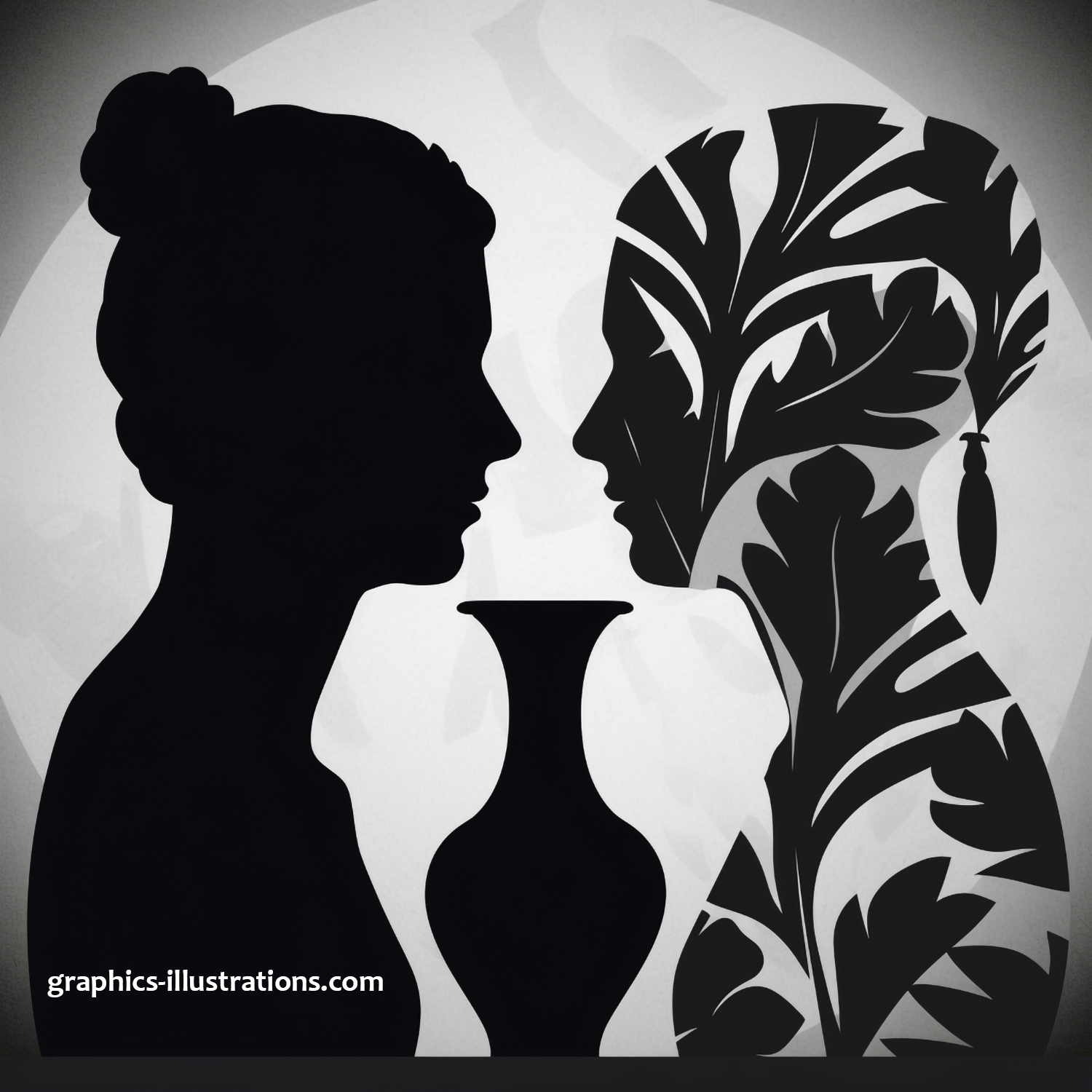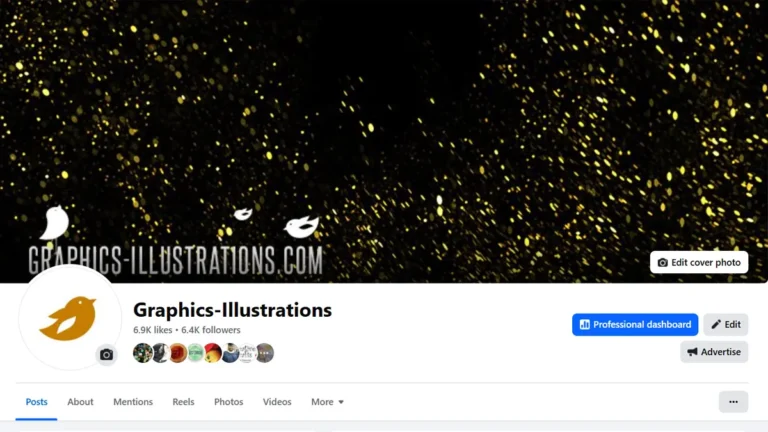Try a little exercise called “Vase/Faces” where you can see how a side benefit of learning to draw is getting to know your own brain a little better.
Starting the journey to learn how to draw isn’t just about mastering lines and shapes; it’s a profound exploration of understanding your own cognitive processes. This intriguing voyage into the realms of creativity and cognition reveals how different modes of thinking in your brain – namely, the logical, analytical left mode (L-mode) and the creative, holistic right mode (R-mode) – engage in a fascinating dance of competition and collaboration. To illuminate this mental interplay, let’s delve into a classic exercise known as the “Vase/Faces” optical illusion.
The “Vase/Faces” Illusion: A Gateway to Self-Discovery
At first glance, the “Vase/Faces” drawing presents a simple optical illusion: it can be perceived either as a symmetrical vase or as two profiles facing each other. The beauty of this illusion lies not just in what you see but in the process of completing the drawing yourself. This exercise is designed to highlight the mental tug-of-war between your L-mode and R-mode, offering insights into your unique cognitive workings.
Instructions for the “Vase/Faces” Drawing Exercise
Before you begin, ensure you’ve read through all the steps to familiarize yourself with the task ahead. This preparation sets the stage for a more insightful drawing experience.
- Preparing Your Workspace: Depending on your dominant hand, print the “Vase/Faces” Template accordingly – top for left-handed individuals and bottom for right-handed ones. Find a quiet spot, arm yourself with a sharpened pencil, and settle down at a table ready to embark on this cognitive journey.
- Tracing the Existing Profile: Start by tracing over the printed profile. As you do so, verbally name each part you’re drawing, such as “forehead, nose, upper lip, lower lip, chin and neck.” This act of naming engages your L-mode, tying the task to specific, analytical thought processes. Consider repeating this step to deepen the cognitive connection.
- Drawing the Missing Profile: Now, turn your attention to crafting the missing profile on the opposite side. This action will inadvertently complete the vase, bridging the gap between the two modes of thinking.
- Navigating Mental Conflict: As you sketch the second profile, especially when approaching intricate areas like the lower forehead or nose, you might encounter a moment of mental discord. This is the crux of the exercise. Push through this sensation, keenly observing how you resolve this clash. It’s in this moment of struggle that the most profound insights into your cognitive preferences and problem-solving strategies emerge.
Reflecting on Your Experience
Upon completion of the exercise, take a moment to reflect on your experience. Did you notice when and how the shift between L-mode and R-mode occurred? How did you feel during the moment of conflict, and what strategies did you employ to navigate through it?
Learning to draw, particularly for beginners, is more than acquiring a new skill – it’s an opportunity to unlock the mysteries of your mind. Through exercises like the “Vase/Faces” illusion, you not only enhance your artistic abilities but also gain a deeper understanding of how your brain orchestrates the complex symphony of logic and creativity.
Additionally, as you progress in your drawing journey, exploring techniques like vectorizing an image can further enhance your skills, allowing you to transform your sketches into clean, scalable vector graphics that open up new avenues for creativity and application.

Source: drawright.com
Discover more from Graphics-Illustrations.Com
Subscribe to get the latest posts sent to your email.





